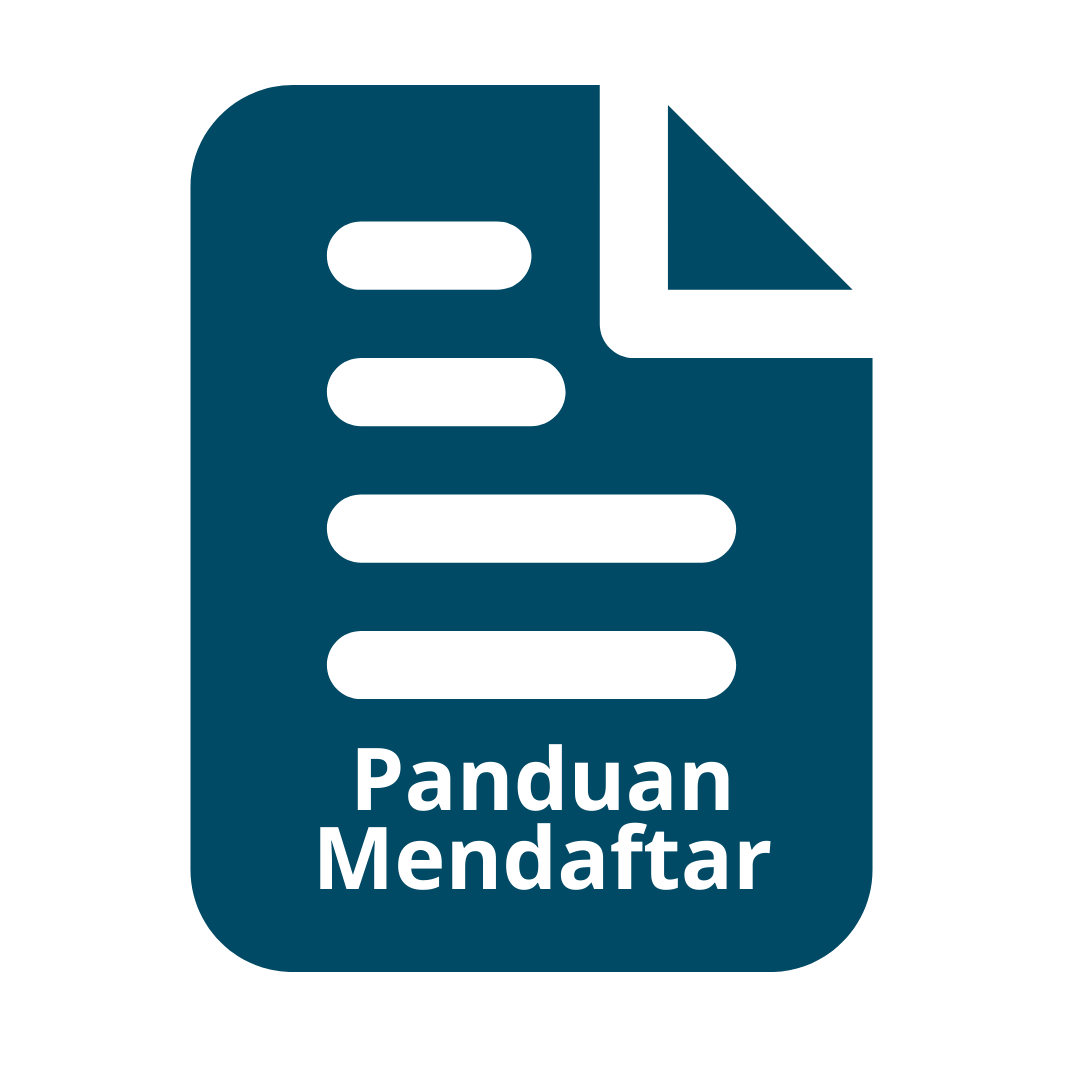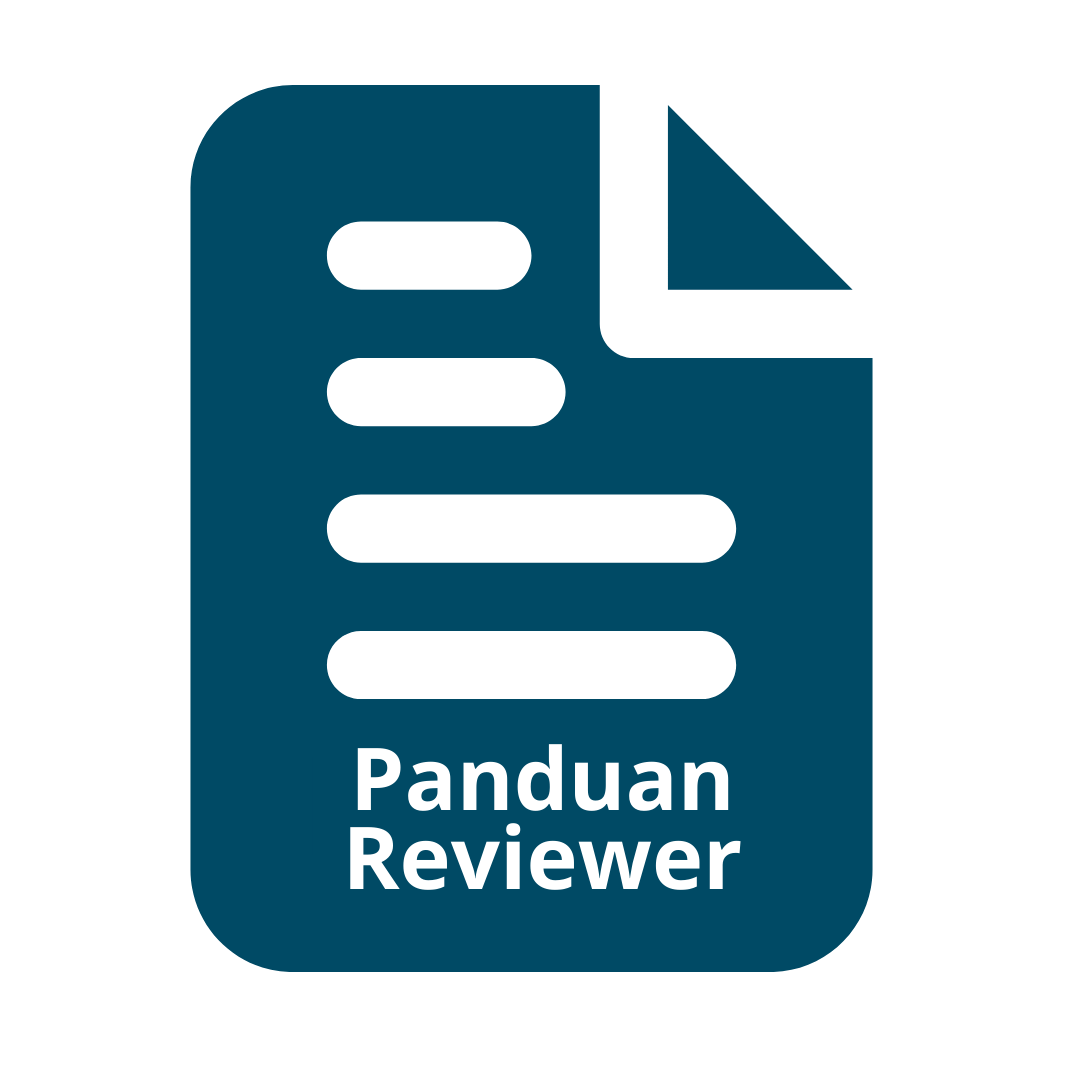Fertilization Efficiency Improvement On Nurseries Palm Oil Through The Use Of Oil Palm Plantation Waste
Abstract
This experiment was carried out to determine the efficiency of inorganic fertilizer in the main nursery of oil palm with the application of empty fruit bunches and the addition of local microorganisms (MOL) Mucuna bracteata. The experiment was conducted by using a factorial design, arranged in a completely randomized design with three replications. The first factor was the dose of inorganic fertilizer (100%, 75%, 50%, 25% ), the second factors was dose of empty fruit bunhes (efb) compost (0%, 15%, 30%, 45% by volume), and the third factor was concentration of local microorganisms (MOL) M. bracteata (no,5%,10%). The results showed that the application of 25% inorganic fertilizer in the main nursery provide of oil palm seedling growth equal to 100% inorganic fertilizers. The application of 15% oil palm empty fruit bunches compost in the main nursery of regosol soil can replace inorganic fertilizer. Granting MOL Mucuna bracteata with a concentration of 5% to 10% have not been able to increase the growth of oil palm seedlings in the main nursery. Granting of oil palm empty fruit bunches can increase inorganic fertilization efficiency in the main nursery of oil palm.
Keywords: fertilizer, efb, MOL, oil palm seedlings, main nursery
Keywords
Full Text:
PDFReferences
Akanbi,W.B,T.A Adebayo,O.A.Togun,A.S.Adeyeye and O.A.Olaniran.2007. The Use of Compost extract as Foliar Spray Nutrient Source and Botanical Insecticide in Telfairia occidentalis. World Journal of Agric.Science 3(5):642-652.
Akiyat,W. Darmosarkoro dan Sugiyono. 2005. Seri Buku Pedoman Pembibitan Kelapa Sawit. Pusat Penelitian Kelapa Sawit, Medan.
Baharuddin A.S., M.A. Hassan, S.A.Aziz, M.Wakisaka, and Y.Shirai. 2012. Co-composting of Oil Palm Solid Biomass and Treated Palm Oil Mill Effluent in PilotScale.http://www.biomass-asia-or kshop.jp/biomassws/05workshop/poster/P-19.pdf. Diakses tanggal 15 Maret 2012.
Badan Penelitian & Pengembangan Pertanian. 2012. Pemanfaatan Mikroorganisme Lokal (MOL) untuk Pertanian. Bank Pengetahuan Tanaman Pangan Indonesia.
Buana.L., D.Siahaan dan A. Sunardi. 2003. Teknologi Pengolahan Kelapa Sawit. Pusat Penelitian Kelapa Sawit. Medan.
Hakim, M. 2007. Kelapa Sawit. Teknis Agronomis dan Manajemennya (Tinjauan Teoritis dan Praktis) Lembaga Pupuk Indonesia, Jakarta.
Hastuti, P.B. 2011. Pengelolaan Limbah Kelapa sawit. Penerbit deepublish, Yogyakarta.
Karina, P. 2013. Liliput Pendongkrak Produksi. Trubus no. 519, Februari 2013/XLIV.
Prawiranata,W., H.Said, dan P.Tjondronegoro. 1995. Dasar-dasar Fisiologi Tumbuhan Jilid 1. Dept. Botani Fak. Matematika dan IPA. Institut Pertanian Bogor.
Prayitno S., D Indradewa, dan B. H.Sunarminto. 2012. Produktivitas Kelapa Sawit (Elaeis guineensis Jacq.) yang Dipupuk dengan Tandan Kosong dan Limbah Cair Pabrik Kelapa Sawit. Jurnal Ilmu Pertanian Vol 15, No 1 (2012).
Purwasasmita M, Kunia K. 2009. Mikroorganisme lokal sebagai pemicu siklus kehidupan dalam bioreaktor tanaman. Seminar Nasional Teknik Kimia IndonesiaSNTKI 2009. Bandung 19-20 Oktober 2009.
Risza, S. 1994. Kelapa Sawit Upaya Peningkatan Produktivitas. Kanisius. Yogyakarta.
Sastrosayono,S.2005. Budidaya Kelapa Sawit. Agromedia Pustaka. Jakarta
Subronto, dan I. Y. Harahap. 2002. Penggunaan kacangan penutup tanah Mucuna bracteata pada pertanaman kelapa sawit. Warta PPKS vol 10 (1):1-6.
Suhastyo, A.A. 2011. Studi Mikrobiologi dan Sifat Kimia Mikroorganisme Lokal (MOL) yang Digunakan pada Budidaya Padi Metode SRI (System of Rice Intensification). http://repository.ipb.ac.id/handle/123456789/51347. Diakses tanggal 27 Maret 2013.
Sutanto, R. 2002 . Penerapan Pertanian Organik. Penerbit Kanisius,Yogyakarta.
Widiastuti H., D. Taniwiryono , A. Purwantara, D. Asmono, G.A. Rahim, M.M Yusuf. 2008. Teknologi Penggunaan Sub Soil Untuk Pembibitan Kelapa Sawit Tahap Pre Nursery Skala Lapang. Laporan Penelitian kerjasama Balai Penelitian Bioteknologi Perkebunan Indonesia dengan PT Sampoerna Agro.
Widiastuti, H..P.D.M.H. Karti, N.F. Mardatin,D.Asmono, dan G.A. Rahim. 2009. Efisiensi Pemupukan pada Pembibitan Kelapa Sawit dengan Pemberian Asam Humat dan Pupuk Hayati Cendawan Mikoriza Arbuskula Pada Skala Komersial. Jurnal Penelitian Kelapa Sawit Vol.17(2) : 45-58.
DOI: https://doi.org/10.31315/agrivet.v22i2.4815
DOI (PDF): https://doi.org/10.31315/agrivet.v22i2.4815.g3497
Refbacks
- There are currently no refbacks.
Indexed by:









